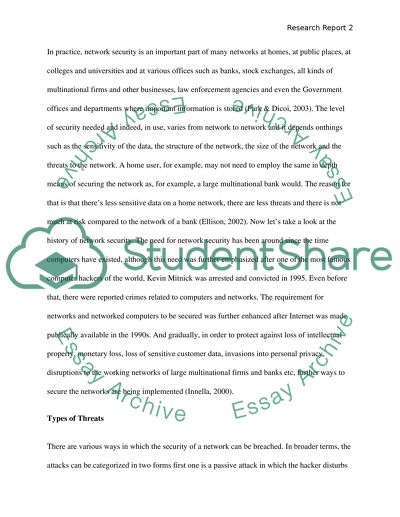Cite this document
(“Network Security and Different Ways to Secure Networks Essay”, n.d.)
Retrieved from https://studentshare.org/information-technology/1404350-different-way-to-secure-your-network-network
Retrieved from https://studentshare.org/information-technology/1404350-different-way-to-secure-your-network-network
(Network Security and Different Ways to Secure Networks Essay)
https://studentshare.org/information-technology/1404350-different-way-to-secure-your-network-network.
https://studentshare.org/information-technology/1404350-different-way-to-secure-your-network-network.
“Network Security and Different Ways to Secure Networks Essay”, n.d. https://studentshare.org/information-technology/1404350-different-way-to-secure-your-network-network.


